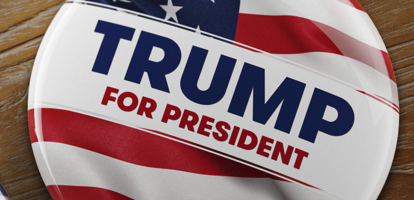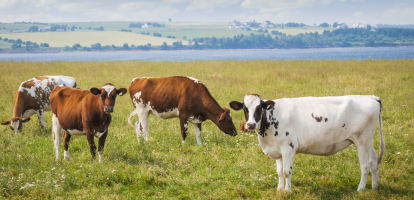"The biggest tool in Mr. Trudeau’s political tool kit is his ability to impose a carbon-tax backstop on recalcitrant provinces."
Ontario premier-designate Doug Ford is getting all the attention right now for his promise to abandon the province’s cap-and-trade policy. But it’s the federal government that retains the most powerful lever in the ongoing carbon-pricing debate in Canada; Prime Minister Justin Trudeau needs to be strategic in how he uses it.
Mr. Ford recently gave notice he intends to withdraw from the Western Climate Initiative – thus scrapping the province’s cap-and-trade system that is currently linked with Quebec and California. He also says he will join Saskatchewan in challenging Ottawa’s plan to impose a carbon tax on provinces that do not meet federal standards on their own. Pending future policy decisions and election results, Manitoba and Alberta may join the fight and abandon their own carbon-pricing policies. If so, more than half of the country’s population will be headed by governments opposed to federal climate-change policy.
This scenario clearly creates significant issues for Ottawa, but it need not derail Mr. Trudeau’s commitment to a coherent, Canada-wide carbon-pricing plan. There appears to be little chance the federal government’s carbon-pricing plan will be successfully challenged on constitutional grounds. The real issue is political rather than legal. And the biggest tool in Mr. Trudeau’s political tool kit is his ability to impose a carbon-tax backstop on recalcitrant provinces.
The backstop starts at $20 a tonne in 2019 and rises to $50 a tonne in 2022, and will be implemented in any province that does not have an equivalent regime in place. This ensures the entire country meets minimum carbon-pricing commitments and encourages efficient and cost-effective reductions in emissions. Indeed, without federal government involvement, Canada-wide carbon pricing has proven elusive.
What Ottawa does with the backstop revenues is critical to the success of its plan for a Canada-wide carbon price. Pending federal legislation commits Ottawa to return any money collected by a federal backstop to the originating province. For jurisdictions that have specifically requested a backstop in lieu of creating their own tax, Yukon for example, the federal government has promised to give those revenues to the lower-level government to spend as they wish.
For non-compliant provinces such as Ontario or Saskatchewan, these revenues can be spent however the federal government decides, bypassing the recalcitrant provincial governments. This could mean federal refund cheques sent straight to taxpayers of that province, direct policy spending on federal priorities within the province or perhaps even grants to municipalities. And the sums are potentially substantial. Revenue from imposing the backstop in Saskatchewan could exceed $500-million in 2019. Ontario collected $2.4-billion from permit auctions last year. The federal backstop could be expected to generate a similar amount if the province abandons its cap-and-trade program.
Imposing a federal tax on unwilling provinces that comprise more than half of the country’s population may seem politically daunting. But if Ottawa uses the backstop effectively, it can potentially win over taxpayers in those provinces with that province’s emitters tax revenues. And the federal government appears fully committed to its plans to pair climate-change policy with energy and economic development, as demonstrated by the surprising move last month to buy the Trans Mountain pipeline.
More controversy and heated federal/provincial posturing is expected – and we haven’t even mentioned the looming confusion over the role of carbon pricing in equalization. It’s going to get messy, but Ottawa retains the upper hand.
Tracy Snoddon is associate professor of economics at Wilfrid Laurier University and author of the C. D. Howe Institute report Carbon Copies: The Prospects for an Economy-Wide Carbon Price in Canada.
Published in the Globe and Mail





